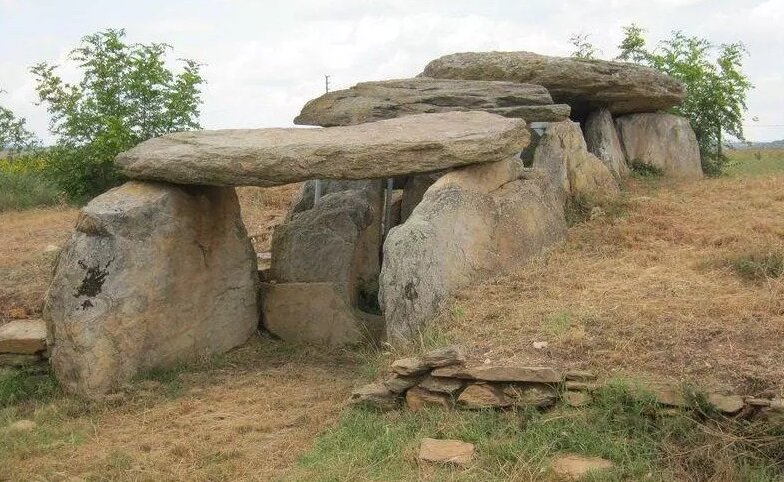Digging deeper: a look into burial traditions in northwest Iran during Bronze Age

TEHRAN – Northwest Iran is a rich area of burial sites. For example, excavations in the Azarbaijan region have revealed a variety of similarities and differences in their placement, as well as in the structure, building materials, and funerary goods of their tombs.
The first archaeological excavations in the cultural area on the south/southwest shore of the Caspian Sea were carried out more than 100 years ago. The excavations of Jacques de Morgans in the Talesh region at the end of the 19th century revealed for the first time considerable traces from the second and first millennium BC. Although there has been no unequivocal chronological study of the archeology of this area and the current classification, chronological knowledge, such as that of the Iron Age, did not yet exist in Iranian archaeology.
According to a 2021 academic study conducted by Hossein Naseri-Someeh, Alireza Hejebri-Nobari, and Kamaleddin Niknami, numerous surveys and excavations at the Iron Age cemeteries of northwest Iran have produced a large body of data, which have so far been treated at the level of individual sites and have rarely been used in integrated, holistic research on the typology of graves structure.
In many cases, the earlier tradition of simple pit burial survived alongside the newly introduced regular structures, which fall into various groups such as rectangular, semi-rectangular, cromlech, dolmen and pitcher burials.
Cromleches mark a very distinct burial custom in north-western Iran in the 2nd and 1st millennium BC. The term is literally divided into Crom, which means ring or circle, and Lech, which means stone. In its simplest application, therefore, the term describes a stone circle surrounding a central tomb. Apart from north-western Iran, circular arrangements of stone slabs around burials are attested in several other regions, from the Altai Mountains to all of Europe, the Caucasus and eastern Turkey.
The term dolmen refers to characteristic funerary structures consisting of a series of large upright stone slabs topped with a horizontally placed capstone. Because of their structure, they are mostly above ground and visible on the surface. Numerous related burials have been found in a variety of regions, such as France, Africa and Palestine.
Dolmens of Azarbaijan are mainly scattered in the eastern and northern highlands in the Qaradagh and Sabalan regions. Examples have been reported from the cemeteries of Zard Khaneh and Shahar-e Yeri.
The exact reasons behind this structural and formal multiplicity remain unclear. What is clear, however, is that geography played a direct role in burial practices.
The Bronze and Iron Age is one of the most significant and complicated cultural periods in Iran and Azarbaijan in particular, which can be attributed to various episodes of migration, the rise of the earliest states, the discovery of new metals and the significantly changed interactions. The respective locations are characterized primarily by grey/black ware, cast vessels, absence or lack of painted ware, extracurricular cemeteries, and the occurrence of iron artifacts.
The technological advancements in pottery, tools, and metal objects as well as the emergence of monumental architectural plans during the late Bronze and early Iron periods are the most obvious examples of the dramatic changes in ancient societies.
Other notable adjustments to burial practices were made on the Iranian plateau and in most of Western Asia as the advent of urbanism permanently ended the long-standing custom of intramural burial and replaced it with the interment of the dead in distinct extramural cemeteries, which were typically located outside of the populated areas.
Home to many other kinds of historical tombs such as tomb towers and rack-hewn tombs, Iran is heaven for cemetery enthusiasts and grave hunters.
AFM
Leave a Comment